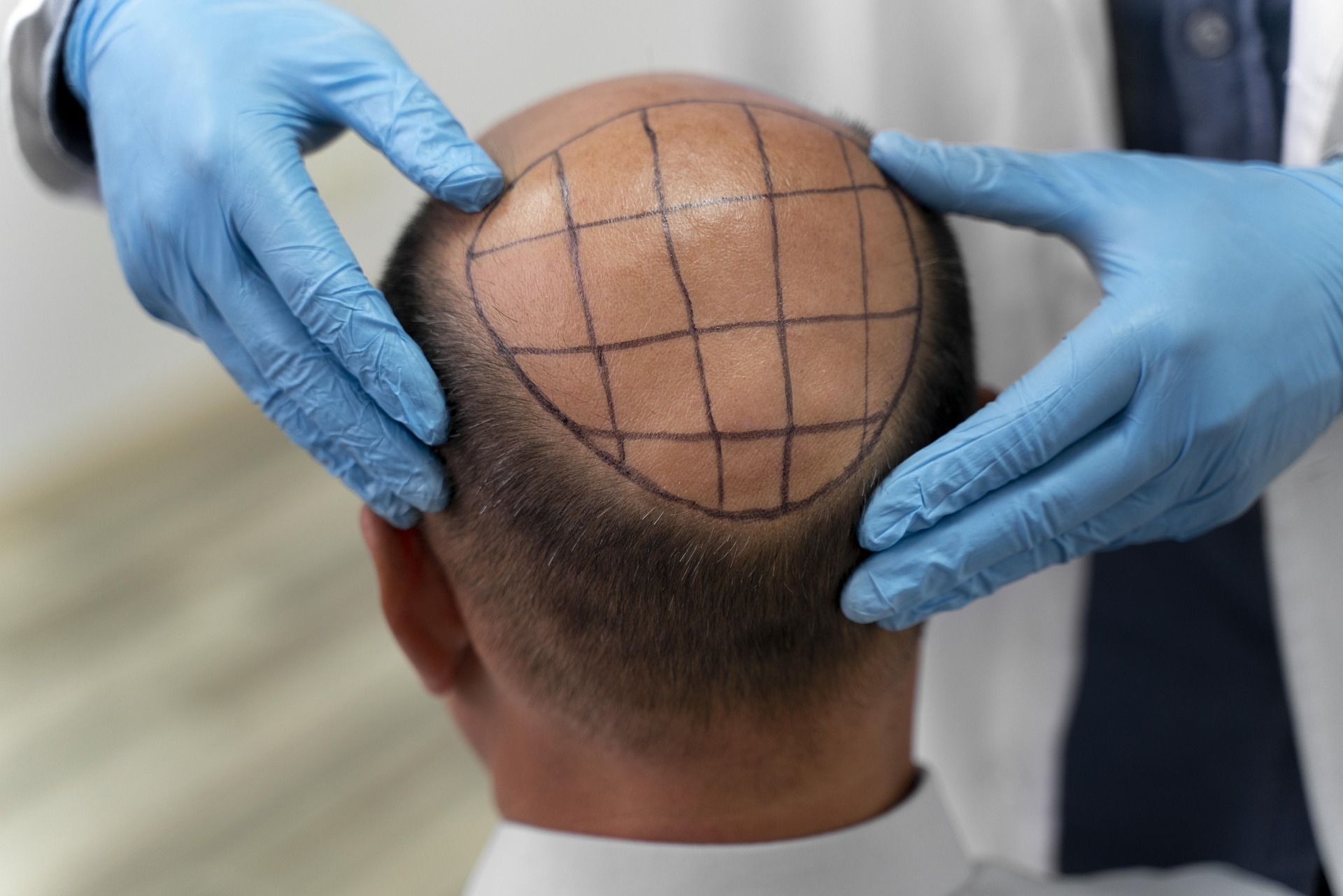Hair Transplantation: Restoring Confidence for Women and Men
Hair transplantation has become an increasingly popular solution for individuals experiencing hair loss, offering a permanent and natural-looking way to restore hair growth. This advanced procedure has evolved significantly over the years, providing hope and confidence to both women and men struggling with thinning hair or baldness.

There are two main techniques used in hair transplantation: Follicular Unit Transplantation (FUT) and Follicular Unit Extraction (FUE). FUT involves removing a strip of skin from the donor area and dissecting it into individual follicular units, while FUE involves extracting individual follicular units directly from the scalp. Both methods aim to achieve natural-looking results by carefully placing the transplanted hair in a way that mimics the patient’s natural hair growth pattern.
Are women candidates for hair transplants?
While hair transplants are often associated with male pattern baldness, women can also be excellent candidates for the procedure. Female pattern hair loss affects millions of women worldwide, and hair transplantation can offer a viable solution for many. Women experiencing thinning hair, receding hairlines, or specific areas of hair loss may benefit from this treatment.
However, it’s important to note that not all women are suitable candidates for hair transplantation. Factors such as the cause of hair loss, the extent of thinning, and the availability of donor hair play crucial roles in determining eligibility. A thorough evaluation by a qualified hair restoration specialist is essential to determine if a woman is a good candidate for the procedure.
What are the benefits of eyebrow transplants?
Eyebrow transplants have gained popularity in recent years as a solution for individuals with thin or sparse eyebrows. This specialized form of hair transplantation can help create fuller, more defined eyebrows that enhance facial features and restore balance to the face.
The procedure involves transplanting hair follicles from the scalp to the eyebrow area, using techniques similar to those used in traditional hair transplantation. Benefits of eyebrow transplants include:
-
Natural-looking results that grow like normal eyebrow hair
-
Permanent solution compared to temporary measures like makeup or microblading
-
Ability to customize shape and fullness according to patient preferences
-
Restoration of eyebrows lost due to overplucking, scarring, or medical conditions
How to choose the right hair transplant clinic?
Selecting the right hair transplant clinic is crucial for achieving optimal results and ensuring a safe, comfortable experience. Here are some key factors to consider when choosing a clinic:
-
Expertise and qualifications: Look for clinics with board-certified surgeons who specialize in hair restoration and have extensive experience in the field.
-
Technology and techniques: Ensure the clinic uses modern, proven techniques and equipment for hair transplantation.
-
Before and after photos: Review the clinic’s portfolio of previous patients to assess the quality of their work and the natural appearance of their results.
-
Patient reviews and testimonials: Read feedback from previous patients to gauge their satisfaction with the clinic’s services and results.
-
Consultation process: Choose a clinic that offers comprehensive consultations to assess your individual needs and develop a personalized treatment plan.
-
Aftercare support: Ensure the clinic provides thorough post-operative care instructions and follow-up appointments to monitor your progress.
What can you expect during and after a hair transplant procedure?
Understanding the hair transplant process can help alleviate anxiety and prepare you for the experience. Here’s what you can generally expect:
During the procedure:
-
Local anesthesia is administered to ensure comfort
-
Donor hair is harvested using either FUT or FUE technique
-
Recipient sites are created in the balding areas
-
Harvested follicles are carefully placed into the recipient sites
-
The procedure typically takes several hours, depending on the extent of transplantation
After the procedure:
-
Some swelling and discomfort may occur in the first few days
-
Scabs form around the transplanted follicles and fall off within 1-2 weeks
-
Transplanted hair may shed temporarily, which is normal
-
New hair growth typically begins within 3-4 months
-
Full results are usually visible after 12-18 months
How much does a hair transplant cost?
The cost of hair transplantation can vary significantly based on factors such as the extent of hair loss, the technique used, and the clinic’s location and reputation. Here’s a general overview of hair transplant costs:
| Procedure Type | Average Cost Range | Factors Affecting Cost |
|---|---|---|
| FUE Transplant | $4,000 - $15,000 | Number of grafts, surgeon expertise, location |
| FUT Transplant | $4,000 - $10,000 | Strip size, surgeon expertise, location |
| Eyebrow Transplant | $3,000 - $8,000 | Extent of restoration, clinic reputation |
Prices, rates, or cost estimates mentioned in this article are based on the latest available information but may change over time. Independent research is advised before making financial decisions.
It’s important to note that while cost is a consideration, it shouldn’t be the only factor in choosing a hair transplant clinic. The expertise of the surgeon and the quality of care provided are crucial for achieving satisfactory results.
Hair transplantation offers a permanent solution for individuals struggling with hair loss, providing natural-looking results that can significantly boost confidence and self-esteem. Whether you’re a woman dealing with thinning hair, someone looking to enhance your eyebrows, or simply exploring options for hair restoration, consulting with a reputable hair transplant clinic can help you determine the best course of action for your individual needs.
This article is for informational purposes only and should not be considered medical advice. Please consult a qualified healthcare professional for personalized guidance and treatment.






